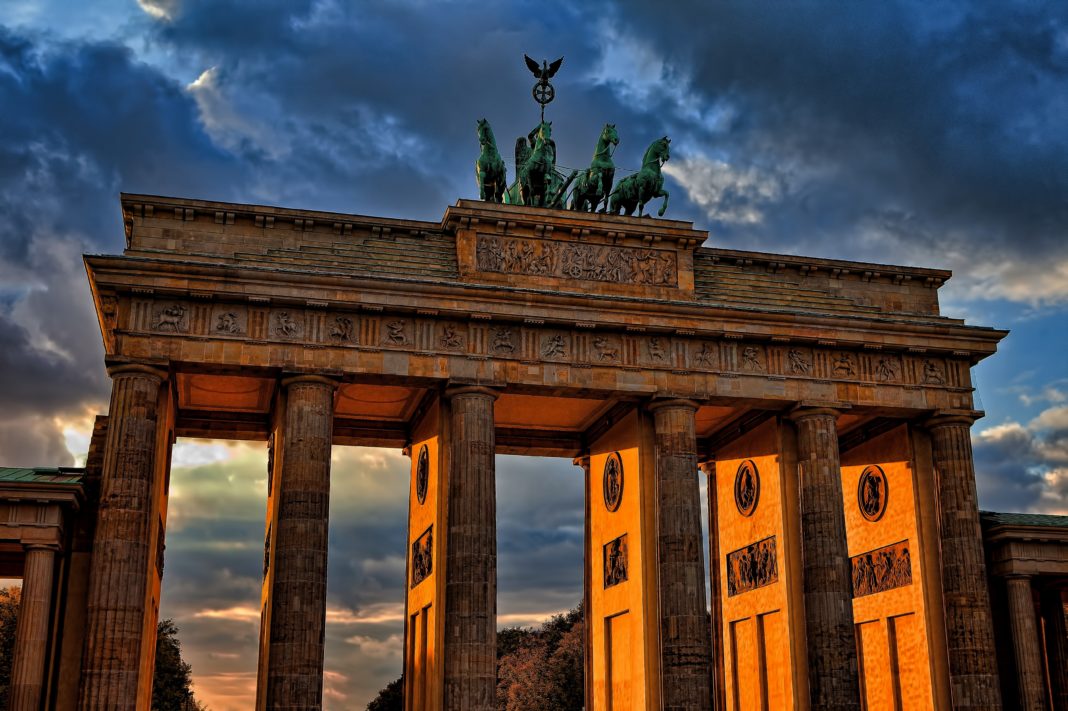Berlin, the capital of Germany, will celebrate on November 9 the 21st anniversary of the fall of the mythical wall that separated the same people for almost three decades, dividing it according to two opposing political systems. The experiences of the time of the Berlin Wall, together with the overcoming of two world wars, make this German city one of the most interesting and attractive in Europe.

The tourist who chooses Berlin as a destination will have the opportunity to soak up its culture, its architecture, its art, its nightlife, its gastronomy…, all marked by the hard character of its historical baggage.
What to visit in Berlin?
Perhaps one of the most emblematic monuments in Berlin is the Brandenburg Gate, located in the center of the city and which was built in imitation of the classical buildings of Athens. Originally it was the gate of the city to the east, and after the construction of the Wall it was inaccessible, since it was between the border of East Berlin and the Wall. Today, this place is a meeting point and passage for hundreds of tourists and Berliners. The boulevard Unter den Linden begins at the Brandenburg Gate, one of the main ones in the city, which ends at the Schlössbrücke bridge. On this avenue are the main embassies, emblematic buildings such as the Arsenal or Zeughaus, the Opera, the University, the University Library, the Cathedral of Santa Eduvigis, among others.
Without going very far from the Brandenburg Gate we find Pariser Platz, where some of the most important buildings in the city are located, such as the United States Embassy, the Academy of Fine Arts, the Kennedy Museum or the Wrangler Palace, among others.
A few meters away is the Reichstag or German Parliament, a building built in 1894 but which deteriorated over the years and events. After reunification, and still today, it is still active and is considered the center of German politics. One of the Reichstag’s tourist attractions is its glass dome, designed by Norman Foster in 1999 and reminiscent of the original that was destroyed after World War II.
We continue walking and we find the Holocaust Memorial, dedicated to the Jewish victims who died during the Nazi genocide in World War II. It is made up of 2,711 concrete blocks of different sizes and occupies an area of 19,000 square meters. Beneath this impressive construction, there are rooms where the fateful history of thousands of people is narrated, their biography and the names and dates of birth of each one are projected.
Potsdamer platzit was one of the busiest squares in Europe during the 20s and 30s, full of cafes and shops. However, it was razed to the ground during the atrocities of World War II and when the Wall was built it was left completely empty. With the reunification, it was rebuilt giving a futuristic touch with the implementation of taller and more modern buildings. Some of the buildings found in Potsdamer Platz are the Debis Tower or the Sony Center.
The traveler cannot leave Berlin without visiting some vestige of the Berlin Wall, although most of it was demolished in the days following its fall. Along with other points of interest in the city, some remains are still preserved, such as the one located north of the city center on Mühlenstrasse street, which measures 1,316 meters in length and is decorated with various paintings.
But in addition to the typical tourist visits, Berlin is home to a large number of museums with works of all styles and periods.

